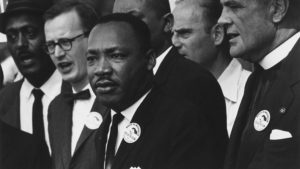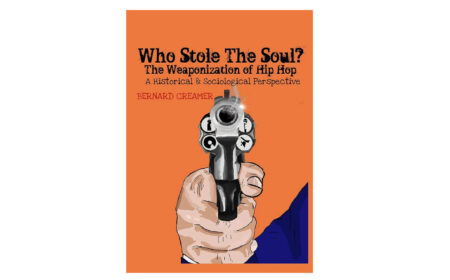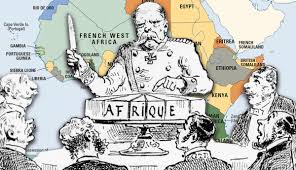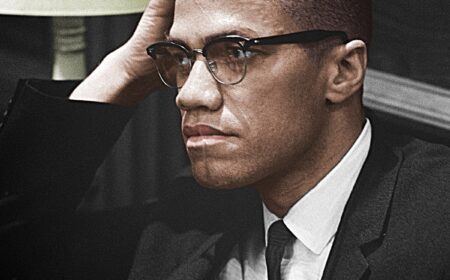How the black community took banking into their own hands…

Many folks try to make a dollar out of 15 cents, but African-Americans don’t always take those nickels and dimes to a bank.
More than 18% of African-Americans don’t have traditional bank accounts, compared with 7% of all Americans, according to the Federal Deposit Insurance Corp. But where banks don’t fill the bill, communities have created their own solutions, including grass roots traditions and minority-owned banks and credit unions.
“People turn to the alternative forms of financing and credit because they don’t have the same access [to mainstream services],” says Vicki Bogan, associate professor of economics at Cornell University. “And that’s perfectly rational.”
For much of American history, legislation restricted minority access to mainstream financial services. Bogan points to segregation and Jim Crow laws that barred blacks from regular banks and forced them to look for other options.
One informal alternative is called a “sou-sou.” Also known as rotating savings and credit associations, sou-sous can help people save money without using a savings account.
Here’s how they work: Every week or so, the members each contribute a set amount of cash, and one member takes home the pool. This rotates until every member has received a payout. Members won’t see their savings grow, but in the end, the amount paid in equals the amount received. Prevalent in West African and Caribbean immigrant communities in the U.S., sou-sous are used virtually all over the world.
More formally, black-owned banks once flourished, Bogan says: At least 134 were founded in the U.S. between 1888 to 1934. And though there are fewer today, these banks and other nonstandard financing remain relevant.
Nikki Beasley is the executive director of Richmond Neighborhood Housing Services in Richmond, California, a nonprofit that connects low-income families to housing. She worked as a bank manager for 25 years and sees mistrust of banks and subtle cues from bankers as modern-day obstacles for people of color who want to enter the banking system.
“If a person doesn’t look a certain way or isn’t perceived to look [worthy of] service, the level of interaction and engagement tends to shift” on the banker’s part, Beasley says. That lack of engagement can discourage people from opening accounts.
 Theo
Theo
Individual bank employees aren’t the only hurdle. Since 2013, the Consumer Financial Protection Bureau has fined several banks for illegally denying fair access to credit or overcharging for loans because of customers’ race.
Black-owned banks can ease these worries for customers. Not every community has one, but online and mobile banking have made it easier for potential customers to find alternatives.
Last year, rapper Killer Mike encouraged black Americans to open accounts in minority-owned banks, kicking off the #BankBlack movement. Celebrities including Usher and Solange Knowles have also announced their support for black banks.
But Beasley says that while the internet can help spread awareness of black-owned banks, some consumers might meet a fully virtual experience with skepticism. “They may need an education component” to set up and learn to navigate online tools, she says.
For Maggie Anderson, switching to black-owned Liberty Bank was a matter of supporting her community.
Anderson is the author of “Our Black Year: One Family’s Quest to Buy Black in America’s Racially Divided Economy,” a book based on her experience shopping solely at black-owned businesses for 12 months. She was having an anniversary dinner with her husband 10 years ago when something clicked.
“The whole time we were there, we talked about all the crises in our community, the poverty, unemployment…and then the check came and we paid the bill. And that’s when we realized that we are a part of the problem,” Anderson says. “Our people needed that money. Our businesses needed that money. Our community is only as strong as our businesses and banks.”
No matter how you choose to bank, it’s important to do your research, Bogan says. “Make sure you know what type of products and services you’re using, what are the costs, what are the benefits, what are the risks.”
Take a look at a list of black-owned banks to see if there’s one near you. If you’re ready to change, learn how to switch banks.
To read more Click or Copy link below:






Comment (1)
Donell Whitmore
I know it time for a wall street
I have nothing against Hispanics
Nor any other ethnic group but they take care of their own its time for African-American s to do the same